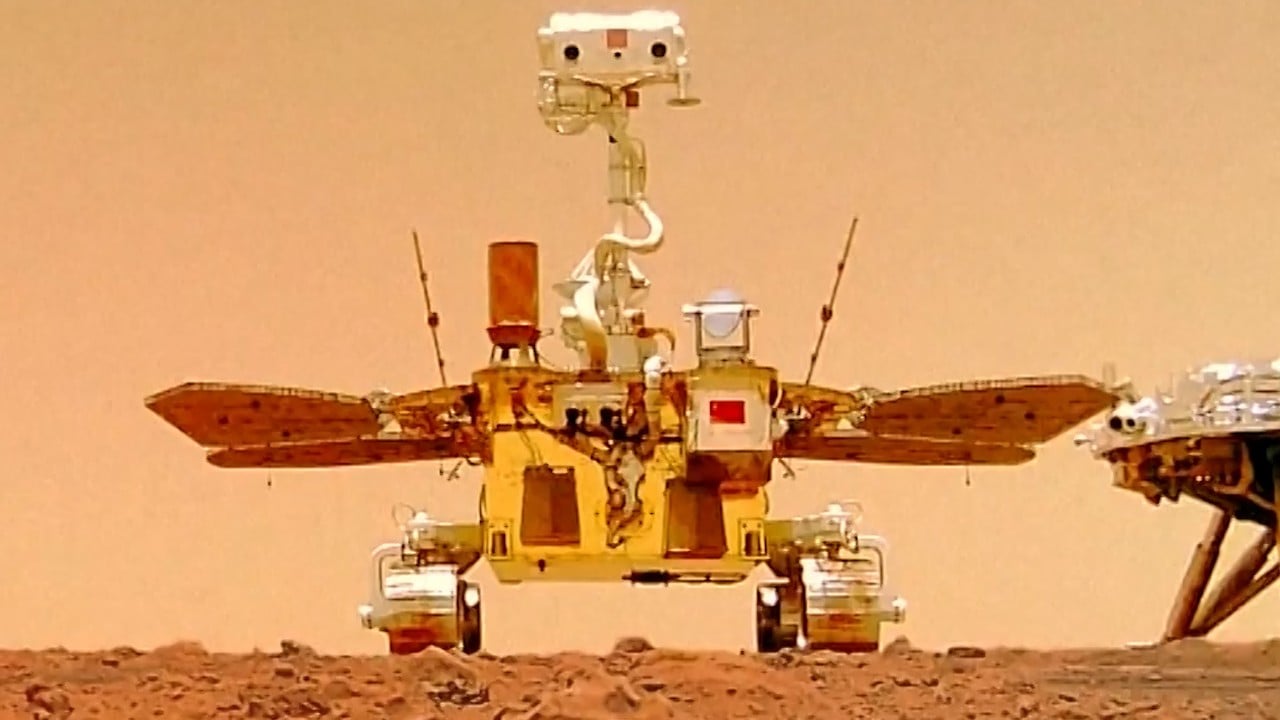Adding a small amount of water caused the moss to spring back to life “within seconds” and resume photosynthesis, turning carbon dioxide into the oxygen and carbohydrates necessary for human survival on any planet, the researchers wrote.
“It represents a promising candidate for colonization that will facilitate terraforming on Mars … and help drive the atmospheric, geological and ecological processes needed by other higher plants and animals.”
The findings attracted the attention of astrobiologist Lin Wei of the Institute of Geology and Geophysics in Beijing, who described them as “very interesting and valuable”.
“Through a series of scientific experiments, the team proved it Syntrichia caninervis could survive for one week in a simulated Martian environment,” said Lin, who was not involved in the study.
The paper’s lead author Li Xiaoshuang, a cell biologist at the Xinjiang Institute of Ecology and Geography, told the South China Morning Post that she had been studying the “magical” plant for two decades.
Desert moss was known for its excellent resistance to drought and radiation, she said. “Most plants would die if they lost 30 percent of their cell water. This one survives complete dehydration.”
Li and her team had long searched for drought-resistance genes in moss, which they hoped would help other plants grow better in really dry environments—until they accidentally discovered that it thrives under ice in winter.
“I got really curious and started putting it in freezers and then liquid nitrogen tanks,” Li said. “It really stood out as the only plant that showed such extraordinary resistance to various environmental stressors.”
The research showed that the moss could regenerate under normal growth conditions after five years at -80 degrees Celsius (-112 Fahrenheit) and 30 days at -196 Celsius (-320.8 Fahrenheit).
Finally, the researchers took several moss samples into a simulation booth at the National Space Science Center in Beijing to test their ability to withstand Mars-like conditions.
The simulator was preset for an air composition of 95 percent carbon dioxide, a temperature range between -60 and 20 Celsius (-76 and 68 Fahrenheit), and radiation levels similar to those found on the surface of Mars.
Li and her team found that dried moss plants fully recovered within 30 days after being exposed to Martian conditions for one, two, three and seven days. Hydrated plants exposed to the simulator for one day also survived, but regenerated more slowly.
According to Li, the team has already planted the moss in a replica of soil found on Mars. “It grew really well and all it needed was water,” she said.
Next, Li and her team will look for opportunities to send moss samples into space for exposure experiments or even to the surface of the Moon or Mars.
“Mosses were the first embryophytes to leave the ocean and colonize land in Earth’s history.” We wonder if colonization on Mars could happen again,” she said.
